Advancing Metal Treatment: Unveiling SR&ED Opportunities in Blast Coating and Heat Treating
In the specialized field of metal treatment, including Blast Coating and Heat Treating processes, innovation drives efficiency and effectiveness. Scientific Research and Experimental Development (SR&ED) tax credits can play a pivotal role in supporting the resolution of technological uncertainties that companies face when advancing these technologies. Let’s delve into the challenges and highlight SR&ED opportunities in Blast Coating and Heat Treating, highlighting how companies can leverage these tax credits to foster innovation.
Innovating Coating Technologies
The development of new coating technologies for metal surfaces is fraught with uncertainties. This is particularly true when experimenting with novel materials, application techniques, or curing processes. These innovations aim to enhance properties such as durability and corrosion resistance. SR&ED tax credits can support the experimental development needed to navigate these uncertainties, This in turn helps companies achieve breakthroughs in coating technology.
Optimizing Heat Treating Techniques
Heat Treating metals involves precise heating and cooling to alter their properties, tailored for specific applications or alloys. The process of optimizing these techniques for different metal types and thicknesses presents significant technological challenges. SR&ED can facilitate the exploration of new heat treating methods, enabling manufacturers to refine their processes and achieve superior results.
Developing Blast Cleaning Methods
Creating new blast cleaning techniques involves investigating various blasting media, pressure settings, and nozzle designs. This development is essential for achieving the desired surface finishes and preparing metals for subsequent treatments. SR&ED tax credits can play a crucial role in funding the R&D needed to overcome the technological challenges inherent in perfecting these methods.
Integrating Automation in Metal Treatment
The implementation of automation and robotics in metal treatment processes introduces uncertainties. This is especially the case when adapting these technologies to handle diverse metal shapes and surface conditions. SR&ED can support the integration of advanced automation solutions. This can enhance precision and efficiency in Blast Coating and Heat Treating operations.
Enhancing Environmental Sustainability
In response to growing environmental concerns, there is a pressing need to develop more sustainable processes. This might involve reducing hazardous materials and waste. Innovating in this area often entails significant uncertainties. These uncertainties are potentially eligible for exploration under the SR&ED program, supporting the pursuit of greener manufacturing practices.
Advancing Quality Control and Inspection for Blast Coating and Heat Treating
Improving inspection methods and quality control technologies for blast coating and heat treating processes is critical. Developing non-destructive testing methods or new sensors to assess treatment effectiveness involves various uncertainties. SR&ED tax credits can aid in the research and development of these advanced technologies, ensuring high standards of quality and consistency.
Leveraging SR&ED for Metal Treatment Excellence
For companies engaged in Blast Coating and Heat Treating, SR&ED tax credits can offer a significant opportunity to mitigate the risks associated with developing new technologies. These tax credits can not only support technological advancements but they can also ensure that companies remain competitive in a rapidly evolving industry.
To learn more about how SR&ED tax credits can support your projects, or to assess your eligibility for these incentives, contact us today. Let’s push the boundaries of metal treatment together, backed by innovation and supported by SR&ED!
Contact us today!
One of our experts will be in touch shortly.





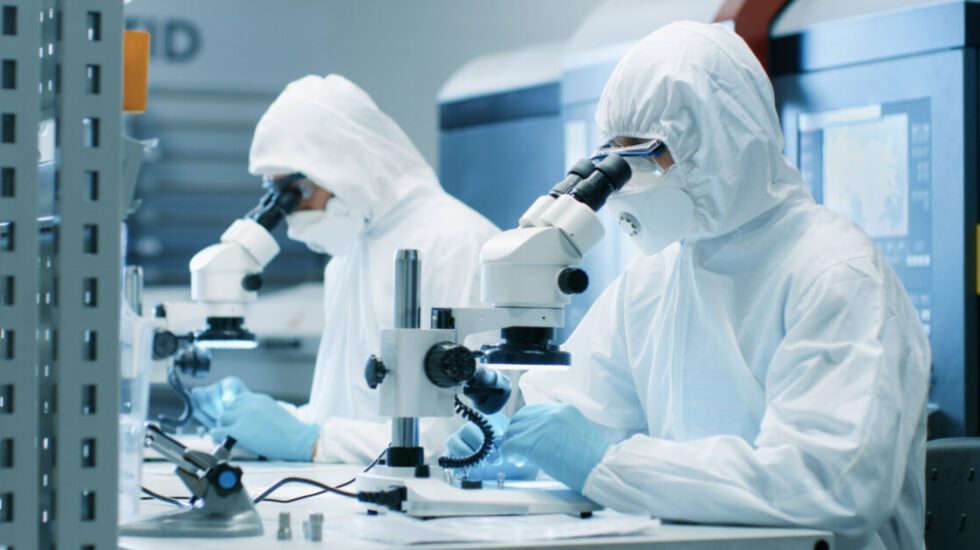


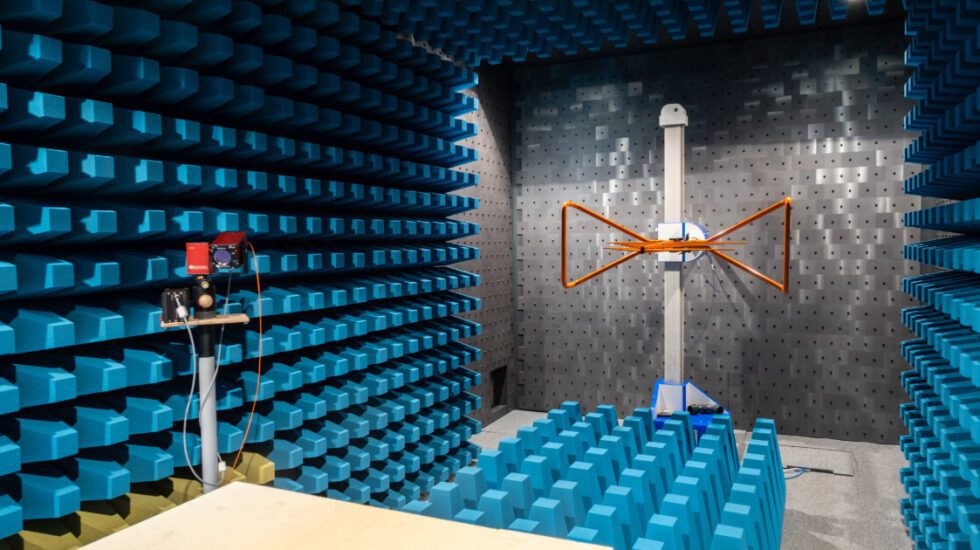

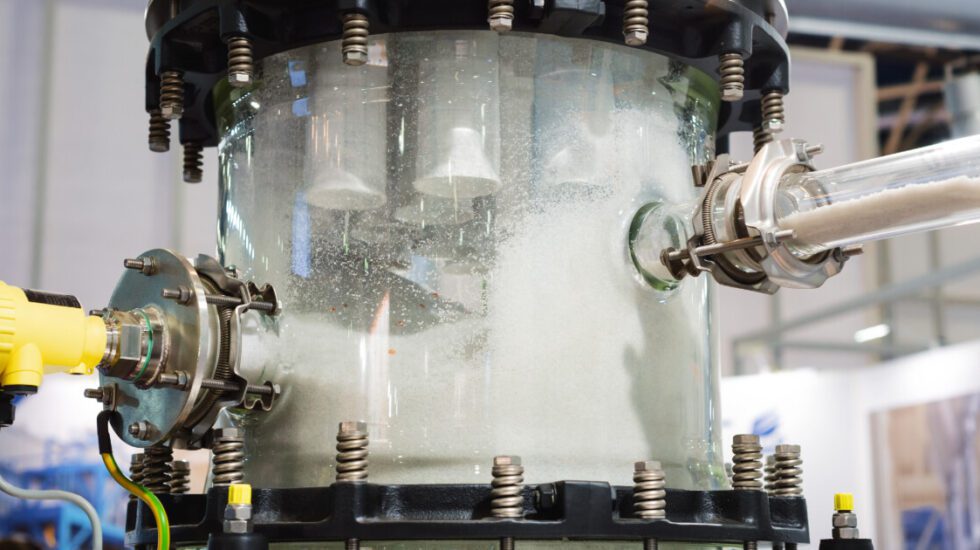
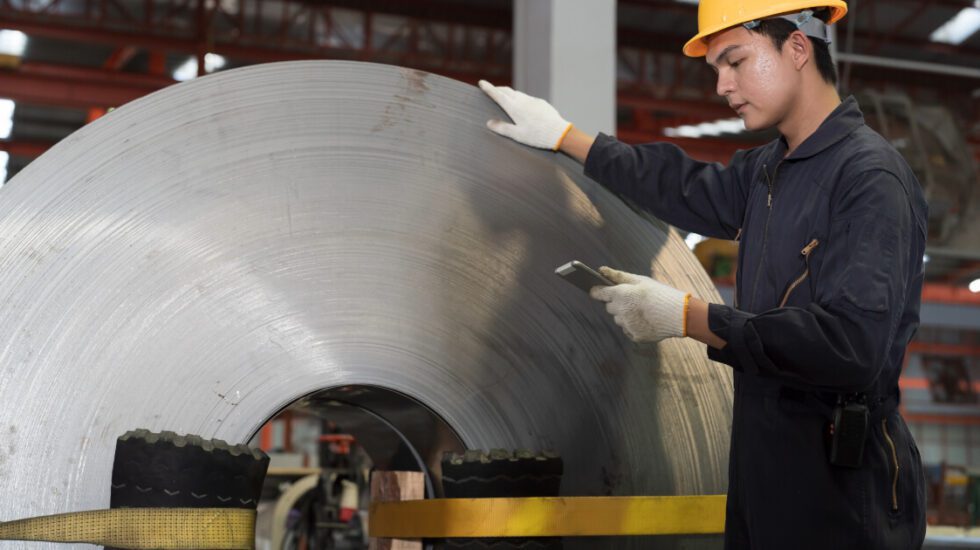
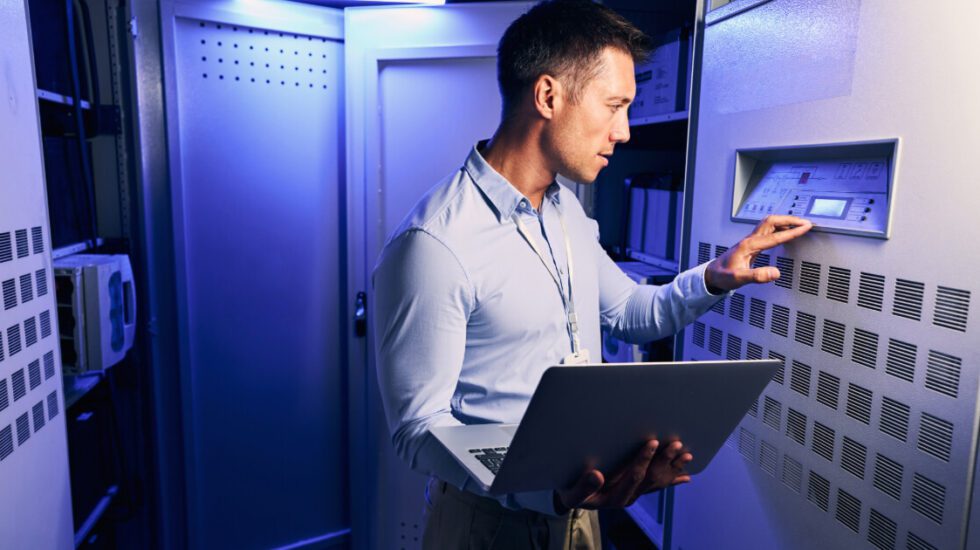

No Comments